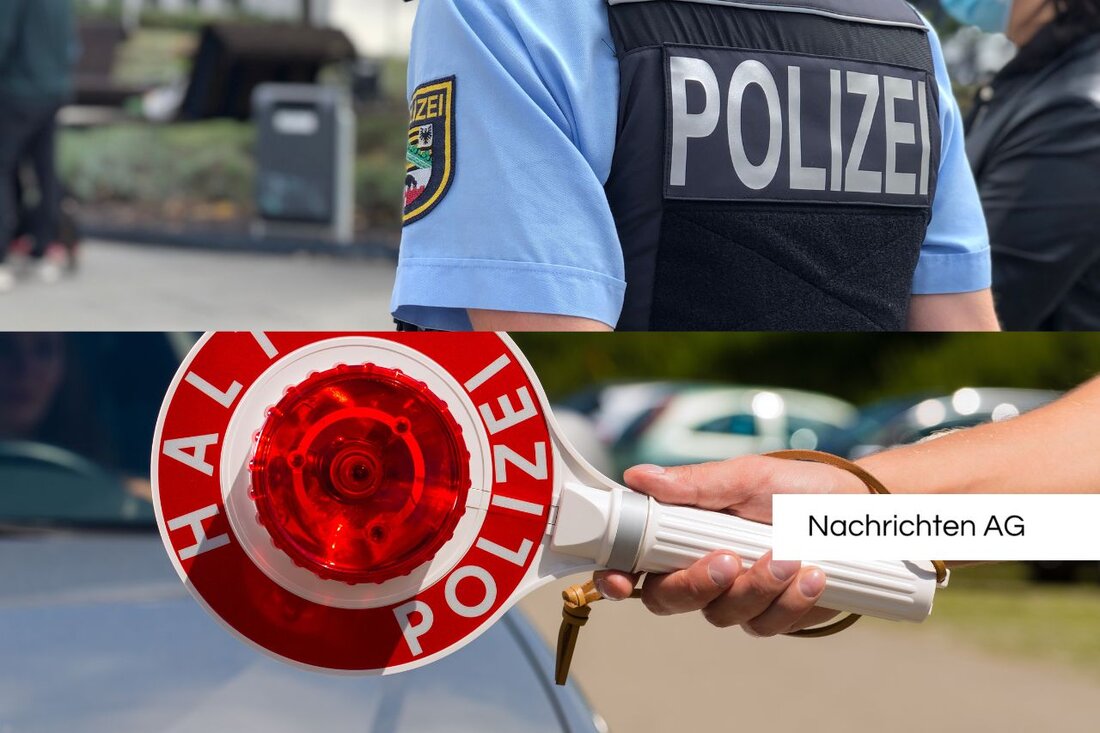Stiftung Warentest: Smart Home Systems in the test-what really works?
Stiftung Warentest: Smart Home Systems in the test-what really works?
In the exciting world of smart home systems, the Stiftung Warentest has examined 14 different home automation systems. On July 16, 2025, it turned out that not each of these systems can meet all expectations. So reports Radio bielefeld To integrate manufacturers via different radio interfaces.
But what does a good smart home system actually make? The central component is the hub, which serves as radio and control center. These hubs are available in different versions-either as independent devices or integrated in WLAN routers, TV streaming boxes or smart speakers, as the test results show. The costs of the tested hubs were between 50 and 400 euros, which is a wide price range for interested parties.
The test highlights
The Stiftung Warentest has checked the systems regarding installation, operation, compatibility and behavior in the event of internet failures. The testers found that some systems have true "communication problems", especially in the event of impending internet failures. Some systems need a constant internet connection, which can be a problem for users who value data protection. Home Assistant and Homey ended up in the first places in the ranking with the overall grade of 2.3, followed by Samsung Smartthings (2.4) and Apple Home (2.5)-a considerable performance, such as Test.de determined.
A special focus was on the user -friendliness: Homey scored with simple handling and light furnishings, while Home Assistant noticed through its robustness and independence of internet connections. This could in particular address those interested in data protection who value control over their own data.
advantages and challenges of smart home systems
The advantages of these systems are hard to overlook. They not only offer increased comfort through control via smartphone or voice commands, but also increased energy efficiency by smart thermostats and lighting systems. Safety improvements by intelligent alarm systems and surveillance cameras increase the protection of your own home. However, there are also challenges to which Badenova . Data protection and security concerns often occur, as well as high acquisition costs and technical difficulties in installation and administration.
In recent years, smart home technology has made considerable progress. Starting with the first attempts in the 1960s, the X10 protocol in the 1970s to the breakthrough through mobile devices and the Internet of Things (IoT) in the 2000s-the development is enormous. Artificial intelligence and machine learning are increasingly playing a role, which further improves the functions of these systems.
The selection of the right smart home system is a challenge for many users. Important criteria are not only the costs and compatibility with existing devices, but also scalability, user-friendliness as well as safety and data protection aspects. These points can be decisive, especially for renovations in old buildings.
The future of the smart home systems looks promising. With progressive technologies and constant networking with other areas, such as electric vehicles, we can be excited to see which innovative solutions will come next.
| Details | |
|---|---|
| Ort | Berlin, Deutschland |
| Quellen | |


Kommentare (0)